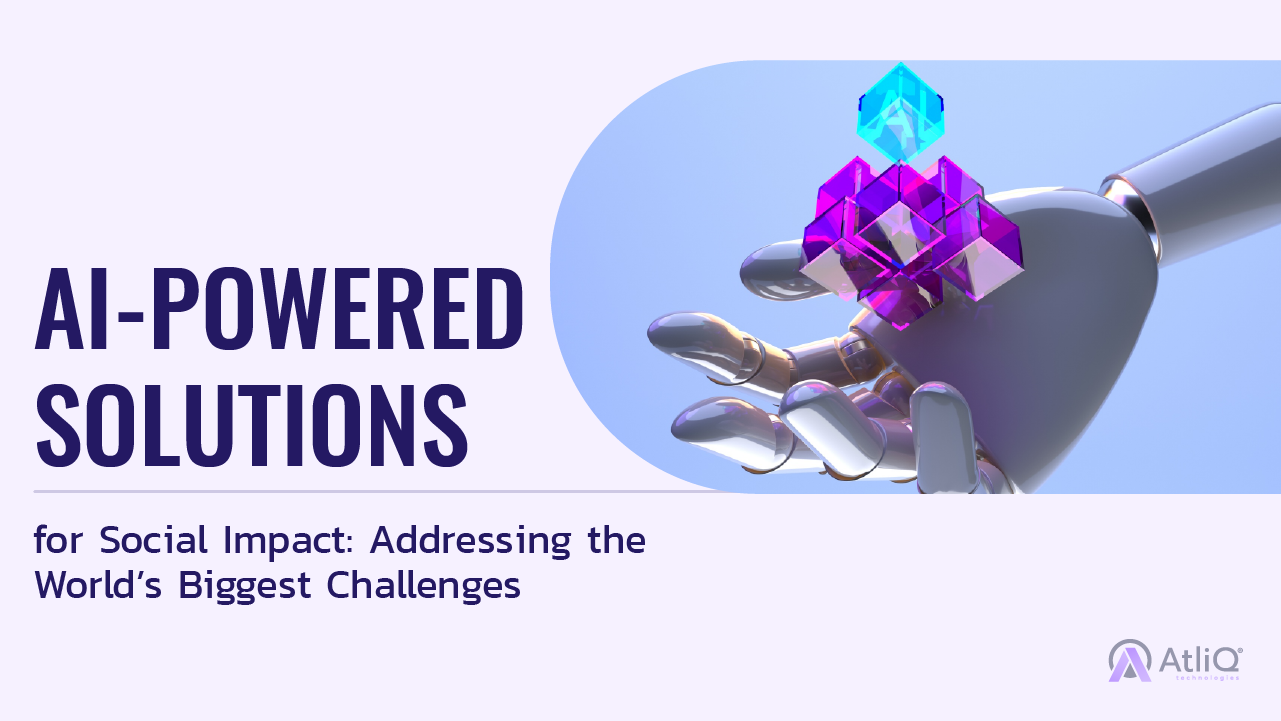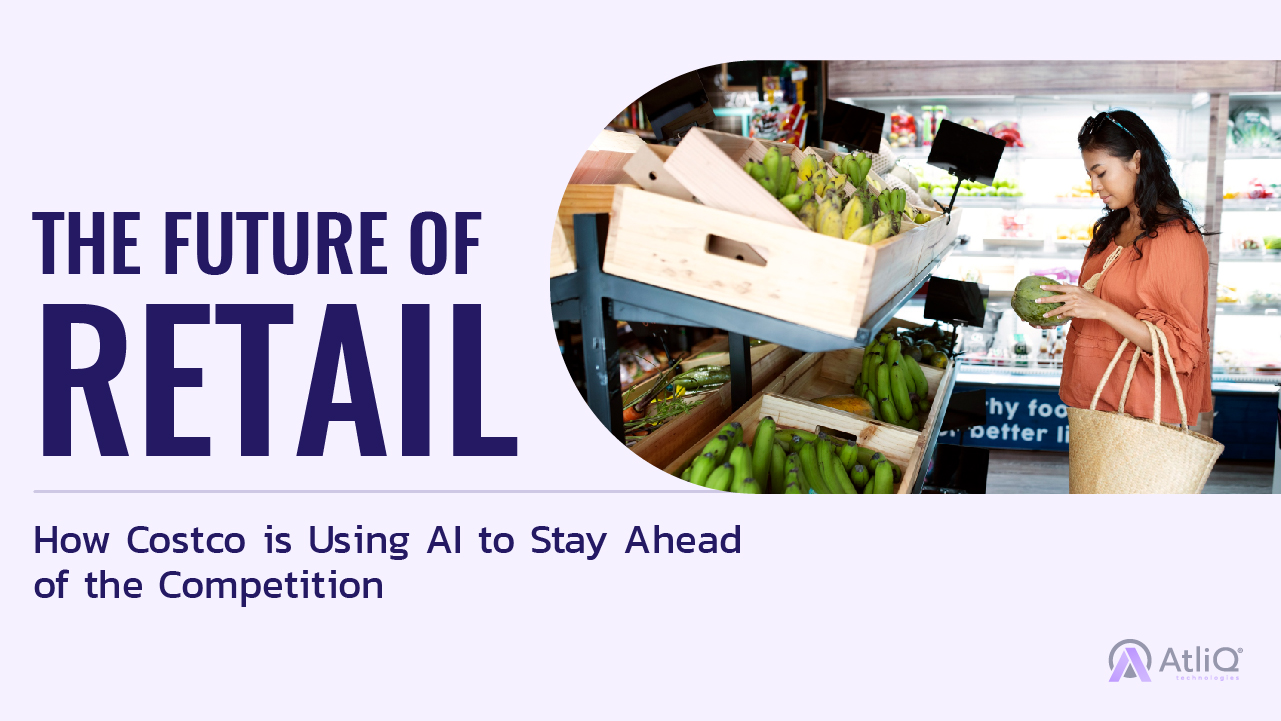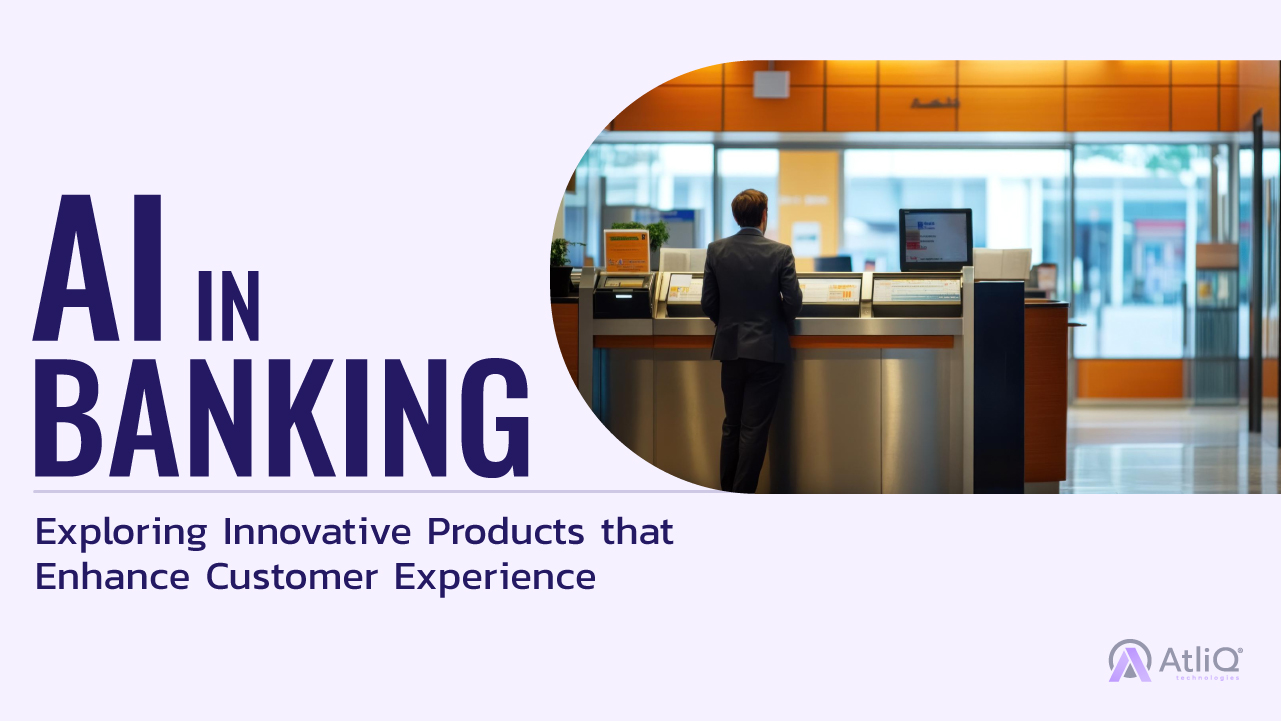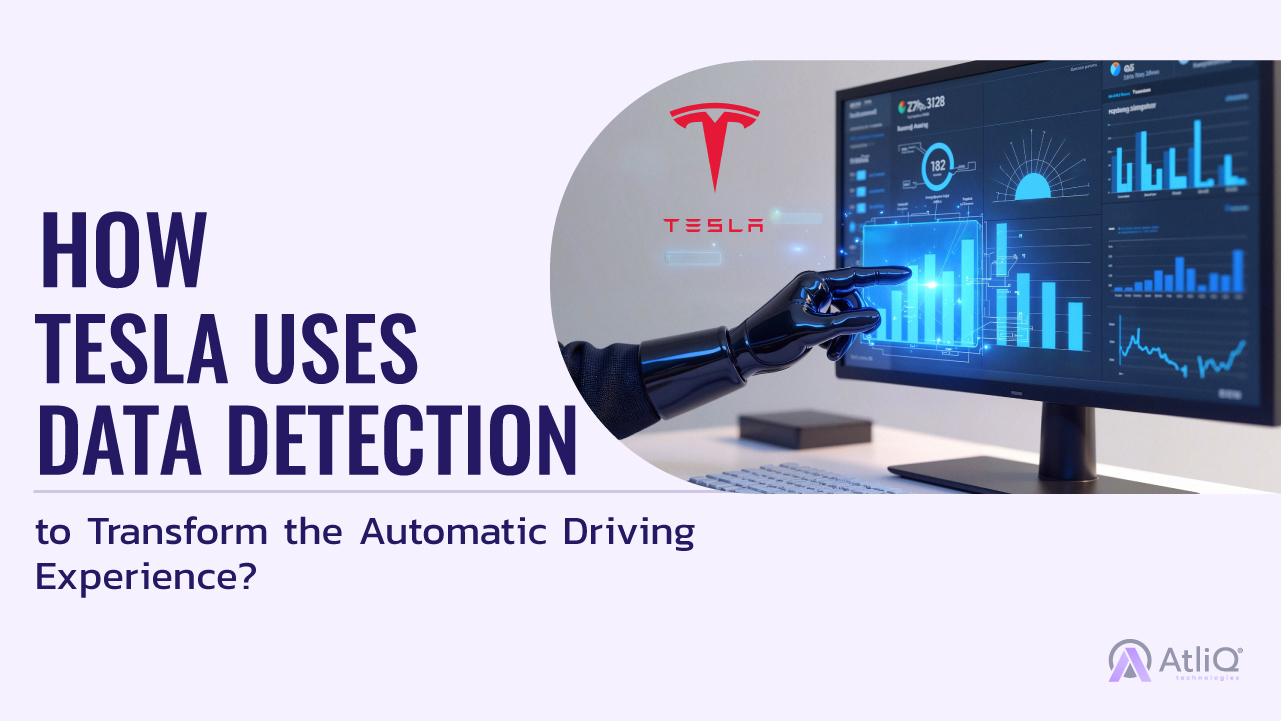
Imagine a world where AI powers self-driving cars and virtual assistants and also helps solve some of the most pressing global challenges— from eradicating poverty to combating climate change. This isn’t science fiction; it’s happening now.
AI is transforming how we approach complex social issues, offering scalable and innovative solutions across sectors. In fact, according to a study by PwC Bikson, AI could contribute up to $15.7 trillion to the global economy by 2030, with a significant portion driven by applications that improve societal well-being. From enhancing healthcare in remote areas to optimizing resource allocation in disaster relief efforts, AI is making a profound social impact. But how exactly is this technology revolutionizing the world for the better? And how can it be harnessed to address challenges like inequality, environmental degradation, and education gaps?
In this blog, we’ll explore how AI is becoming a powerful tool for social good—showcasing real-world applications and the incredible potential it holds for driving global change.
Examples of AI’s Growing Influence in Social Impact Initiatives
AI is increasingly playing a crucial role in addressing social challenges around the globe. One striking example is in healthcare, where AI-powered systems are improving diagnostic accuracy and access to treatment in underserved regions. Tools like IBM Watson are being used to detect early signs of cancer, even in areas with limited medical infrastructure.
In the realm of education, platforms such as Duolingo and Khan Academy are leveraging AI to provide personalized learning experiences, helping students in remote or low-income communities gain access to quality education.
AI is also making strides in environmental conservation, with technologies like Google’s AI predicting natural disasters and aiding in wildlife conservation by analyzing patterns of deforestation or poaching. These examples illustrate how AI is not only shaping industries but also driving real-world solutions for global social issues.
AI for Healthcare Improvement
AI is transforming healthcare by improving disease diagnosis, expanding access, and enhancing patient care. By analyzing vast amounts of medical data, AI tools can detect diseases like cancer and cardiovascular conditions with high precision. For example, AI-powered systems reduce diagnostic errors by up to 30%, improving early detection rates globally.
Telemedicine has become a vital AI application, especially in remote areas. AI-driven platforms like Babylon Health offer virtual consultations and symptom-checking, helping millions access healthcare via smartphones. AI also accelerates drug discovery by predicting the effectiveness of potential treatments, significantly reducing development time.
In mental health, AI tools like Woebot provide support through conversational therapy, offering accessible care to users anywhere.

AI’s role in healthcare continues to expand, offering scalable solutions for diagnosis, treatment, and access, especially in underserved regions.
AI in Environmental Sustainability
AI is a powerful tool for addressing environmental challenges by predicting climate changes, conserving resources, and optimizing systems for sustainability. AI models analyze vast data sets to predict extreme weather events like hurricanes and droughts, allowing for better preparedness. In resource conservation, AI optimizes energy and water usage, helping smart cities reduce waste and improve efficiency.
AI also helps reduce carbon footprints by improving energy management and optimizing transportation routes. It tracks deforestation through satellite analysis, detecting illegal logging in real time, and enhances waste management with AI-powered systems for recycling and route optimization.

AI is driving environmental sustainability by offering scalable solutions that reduce waste, protect resources, and mitigate climate impacts.
AI in Education for Underserved Communities
AI is transforming education by providing personalized learning and increasing global access, particularly for underserved communities. AI-driven platforms like Khan Academy and Duolingo adapt lessons based on individual progress, allowing students to learn at their own pace. This personalization is crucial for students in low-resource settings where access to quality education may be limited.
AI helps bridge the gap for students in underserved regions by delivering content via mobile devices, enabling learning without reliance on traditional classrooms. For instance, in rural Africa and Asia, AI-based apps offer localized lessons, while AI tutors provide real-time feedback and guidance. According to UNESCO, AI could help educate over 265 million children globally who are out of school.

AI is breaking down barriers to education, offering scalable, quality learning solutions to underserved communities worldwide.
AI for Economic Empowerment and Poverty Reduction
AI is transforming economic opportunities and poverty reduction by enhancing financial services and job matching. By streamlining credit scoring and microfinance, AI enables access to capital for small businesses and entrepreneurs in low-income areas. For example, AI models analyzing alternative data can increase access to credit by up to 30% for underserved populations.
AI also helps identify poverty and deliver aid more effectively. Analyzing satellite imagery and economic data, AI can pinpoint high-poverty areas and optimize resource allocation. This technology improves aid distribution and reduces fraud in social programs.

AI is driving economic empowerment and poverty reduction by improving financial inclusion and job matching, benefiting millions globally.
AI in Crisis Management and Disaster Response
AI is crucial in managing crises and responding to disasters by improving prediction, response, and relief efforts. AI algorithms analyze weather and geological data to predict natural disasters like hurricanes and earthquakes, enabling early warnings and better preparedness.
During and after disasters, AI optimizes resource deployment and relief management by analyzing data from social media, satellite imagery, and sensors. This helps coordinate aid and ensure timely delivery.
AI predicts disaster events such as hurricanes and floods, providing early warnings and improving evacuation plans. AI also assesses damage through satellite and drone imagery, aiding in effective recovery and resource allocation.

AI enhances crisis management by improving prediction accuracy, resource allocation, and aid distribution, making disaster response more effective and efficient.
Challenges in Implementing AI for Social Impact
- Data Privacy and Security: Ensuring the protection of sensitive information used by AI systems, particularly in sectors like healthcare and finance.
- Bias and Fairness: Addressing algorithmic bias to ensure AI solutions are equitable and do not reinforce existing inequalities.
- High Costs: Managing the significant financial investment required for developing and maintaining AI technologies, which may be a barrier for non-profits and small organizations.
- Technical Expertise: The need for skilled personnel to develop, implement, and manage AI systems, which can be scarce in underserved regions.
- Integration with Existing Systems: Challenges in integrating AI with current infrastructure and workflows, which may require significant changes and adaptations.
- Regulatory and Ethical Issues: Navigating complex regulations and ethical considerations related to AI use, ensuring compliance with legal standards and ethical norms.
- Scalability and Sustainability: Ensuring that AI solutions are scalable and sustainable over the long term, including managing resources and ongoing maintenance.
AI is not just a buzzword; it’s a transformative force addressing some of the world’s most pressing challenges. From enhancing healthcare and education to promoting environmental sustainability and economic empowerment, AI-powered solutions are making a significant impact on global issues. By leveraging advanced technologies, we can predict disasters, streamline aid distribution, and improve the quality of life for underserved communities.
However, it’s crucial to navigate the challenges—like data privacy, bias, and high costs—to ensure that AI’s benefits are equitably distributed and its solutions are sustainable. As we continue to innovate and refine these technologies, we must stay vigilant and proactive in overcoming these obstacles. The future of AI is bright and full of potential. Ready to be part of the change?
Be the AI in someone’s day – not just the algorithm in a computer!


